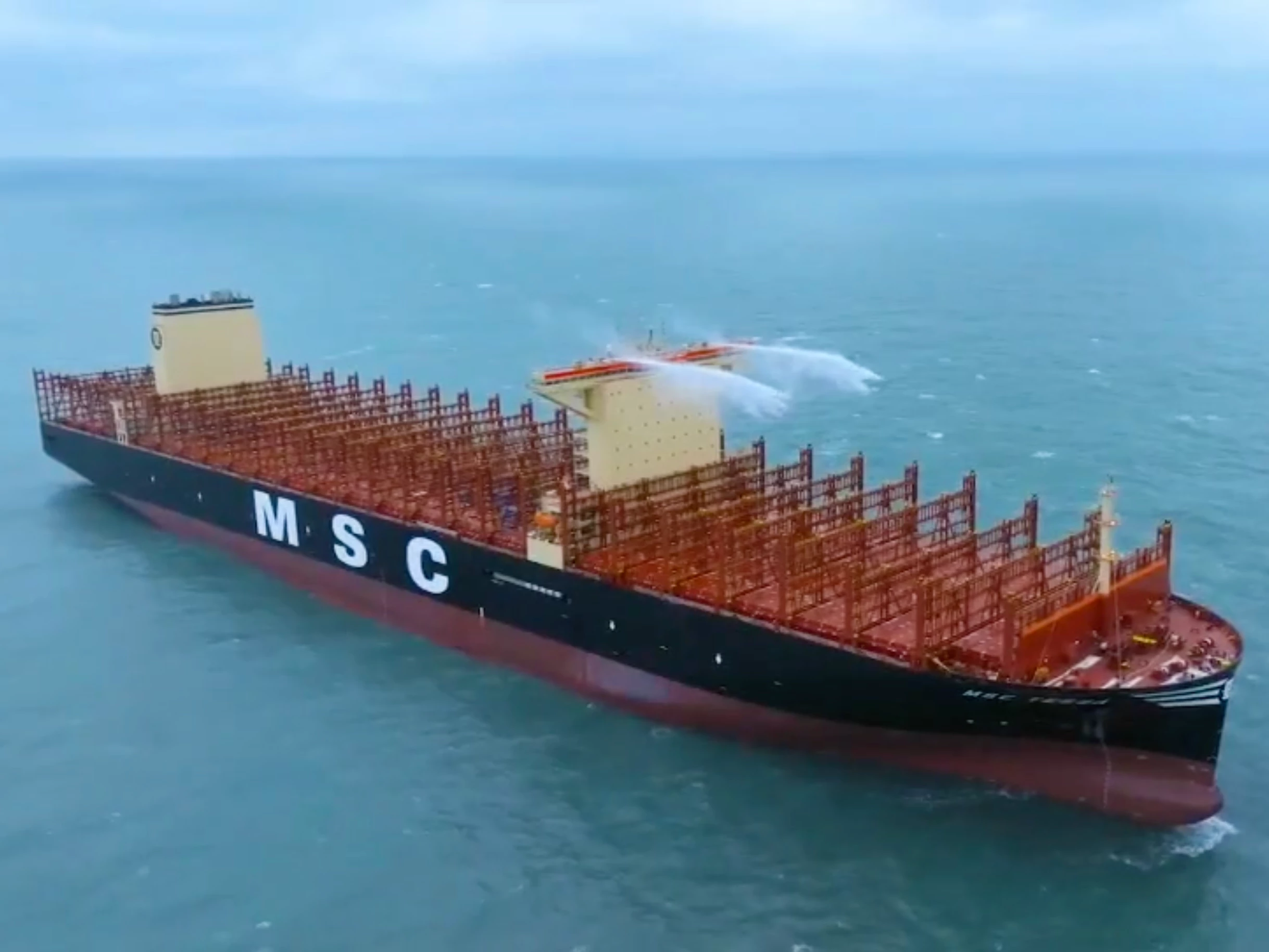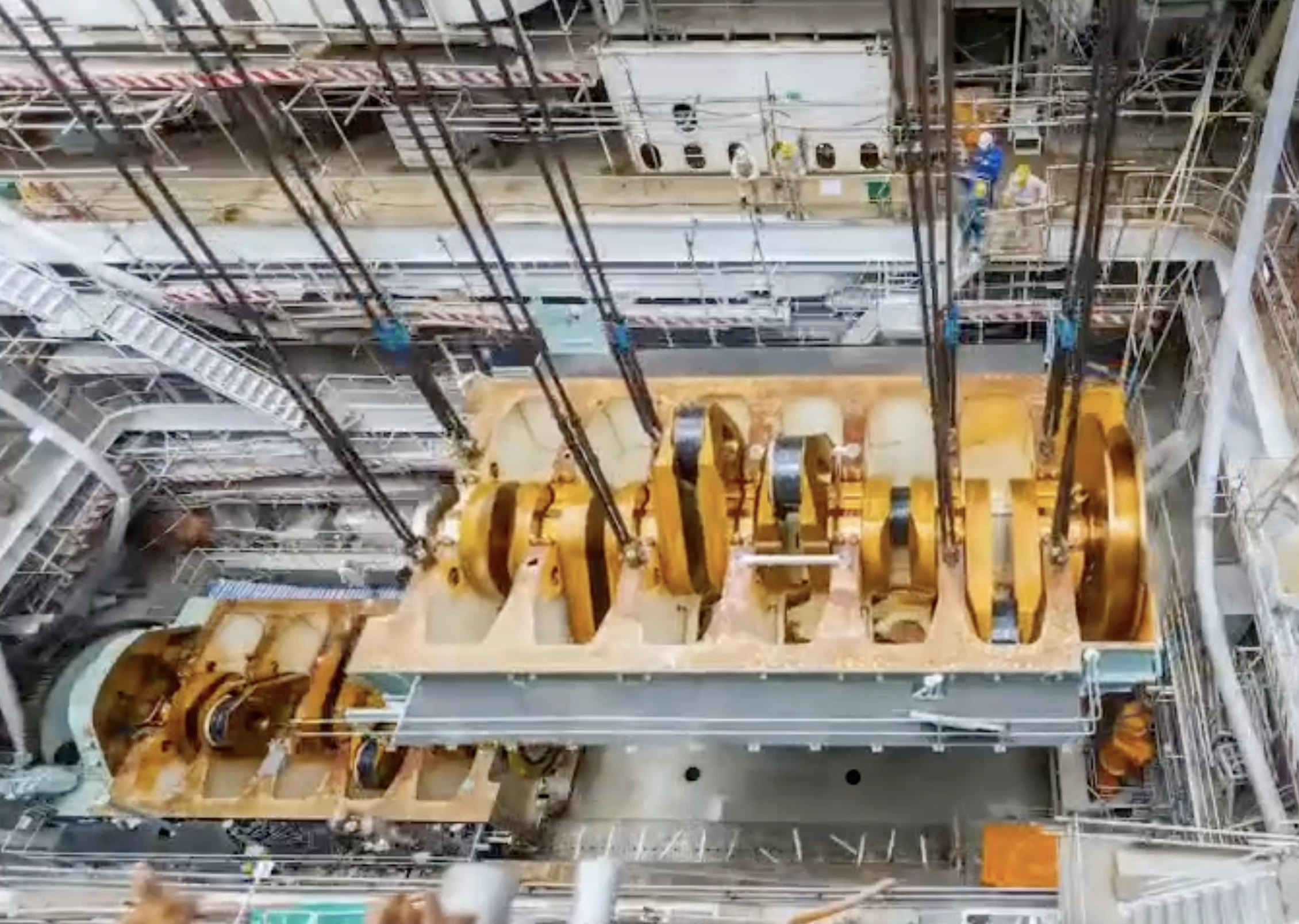At 399.99 m (1,312.3 ft) long and 61.5 m (202 ft) wide, the MSC Tessa can handle more than 240,000 tons of cargo. It's the first ship to break that mark, as well as the first that's able to carry more than 24,000 containers.
Interestingly though, it's almost identical in length and width to dozens, perhaps hundreds, of previous record holders in this space, all the way back to 2011's Triple-E Maersk container ship and beyond. And when it's succeeded, probably by the MSC Irina or MSC Loreto, both on order by the same customer, those ships will carry a couple of hundred more containers, but they won't be any physically larger either.

The size limit isn't at the manufacturing end – after all, the biggest ship in history, the Seawise Giant supertanker, was 458.45 m (1,504.1 ft) long and 68.6 m (225.07 ft) wide, and that was built in the late 70s. Incidentally, the Giant was sunk in 1988 by the Iraqi Air Force, then remarkably salvaged and repaired to re-enter service by 1991, after which it remained in service in one capacity or another until the end of 2009.
But container ships aren't like supertankers, which can deliver their cargo through a big ol' hose. Dock facilities tend to place the upper size limits on machines like the MSC Tessa, and the current limits are likely to remain about as big as these things can get until a useful number of ports worldwide build out the land infrastructure to deal with something bigger.
So as total tonnage and container capacity creeps up, it's largely a matter of optimizing the ships' design to squeeze more and more on board. Which makes it particularly impressive to see that in the 12 years since the Maersk Triple-E reigned supreme with its 18,000-container capacity, shipbuilders have managed to expand capacity by a hair under 34%.

The MSC Tessa is focused on efficiency, as you'd imagine given the numbers at play. Its chief innovation in this regard is a bubble-based, drag-reducing "air lubrication" system, which CSSC claims reduces energy consumption, and hence emissions, by as much as 4%. It's still a marine diesel, though, and without any viable replacements proven at this stage it's unlikely we'll see anything in the zero emissions world come close to these behemoths any time soon.
MSC is expecting three more just like it by August, and CSSC says the second of four has already completed sea trials. The four ships, according to Offshore Energy, have cost MSC around US$600 million in total.
See the MSC Tessa in action (and under construction) in the video below.
Source: CSSC







